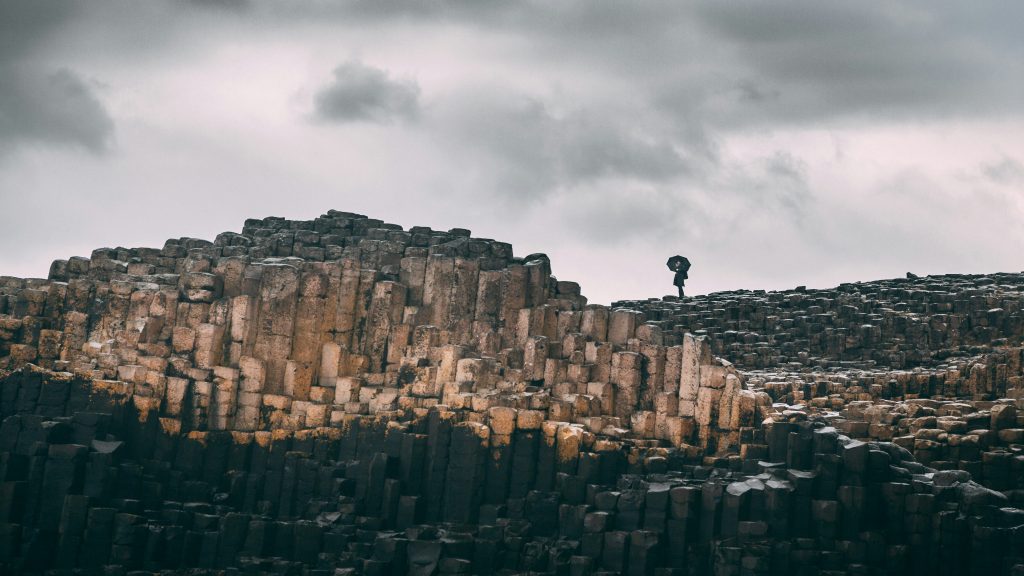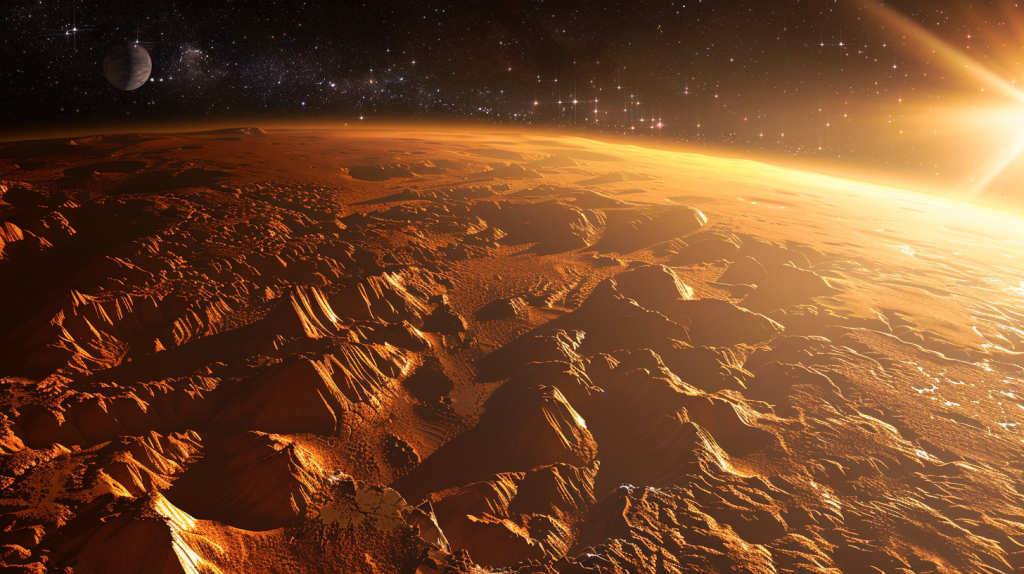Nature never ceases to amaze me. It’s full of intricate designs that seem almost too perfect to be random, yet they appear all around us. From the spirals in a seashell to the way snowflakes form, the patterns in nature are not just beautiful—they’re deeply mathematical, following principles like the Fibonacci sequence or fractals. These patterns have inspired scientists, artists, and everyday observers for centuries. Each one tells a story about the forces that shaped our world. So let’s take a moment to appreciate some of these mesmerising natural patterns and see the science behind them.
1. The Fibonacci Sequence in Flower Petals

Have you ever noticed that many flowers have petals in counts like 3, 5, 8, or 13? These numbers are part of the Fibonacci sequence, where each number is the sum of the two preceding ones. This pattern helps plants optimise space and sunlight exposure, contributing to their growth and survival.
2. Spirals in Seashells

The spiral shape of a nautilus shell or a snail’s shell isn’t just pretty—it’s a mathematical wonder. These shells grow in a logarithmic spiral, meaning they expand in a pattern where the size increases but the shape stays consistent. This allows the organism to grow without changing its basic form.
3. Fractal Patterns in Trees and Rivers

Look at the branching of trees or rivers from above, and you’ll see a fractal pattern—structures that repeat themselves at different scales. Fractals help distribute resources efficiently. For trees, this ensures that sunlight reaches all leaves. In rivers, it helps water flow smoothly across a landscape.
4. Symmetry in Snowflakes

No two snowflakes are alike, yet they all share a six-sided symmetrical structure. This symmetry forms as water molecules freeze in a hexagonal lattice, influenced by temperature and humidity. The result is a breathtaking, intricate design created by natural forces.
5. Honeycomb Structure in Beehives

Bees instinctively build their hives using a hexagonal honeycomb pattern. Hexagons are incredibly efficient, using the least amount of wax to create a strong structure that maximises storage space for honey. This perfect balance between strength and efficiency is a marvel of nature’s engineering.
6. Waves in Sand Dunes

The ripples you see in desert dunes or along a beach form through a balance between wind or water currents and the sand’s properties. The steady flow of wind or water pushes the sand into these regular wave-like patterns, which can be incredibly uniform and stretch for miles.
7. The Golden Ratio in Pinecones

Pinecones, like many plants, follow the golden ratio—approximately 1.618:1—which is another example of the Fibonacci sequence in nature. If you look closely at the spiral arrangement of a pinecone’s scales, you’ll find that they follow this ratio to maximise space and seed dispersal.
8. Voronoi Patterns in Animal Skins

From the scales on a giraffe’s neck to the patches on a cheetah’s fur, Voronoi patterns appear across the animal kingdom. This pattern forms naturally when cells compete for space, creating shapes that look a bit like the lines in cracked dry soil or stone pavements.
9. Hexagons in Giant’s Causeway

The Giant’s Causeway in Northern Ireland is made up of thousands of hexagonal basalt columns. These formed millions of years ago when lava cooled and contracted, cracking into a honeycomb-like structure. It’s a geological phenomenon that perfectly mirrors the efficiency found in beehives.
10. Tesselations in Turtle Shells

Turtles, like hexagons in beehives, form their shells in tessellated patterns. The scutes on a turtle’s back fit together like puzzle pieces, creating a strong, protective surface. This arrangement distributes stress evenly across the shell, making it durable while still lightweight.
What Science Fiction Gets Wrong About Mars and 23 Other Astonishing Planetary Facts

Our solar system is full of amazing and surprising facts that make each planet unique. From extreme temperatures to giant storms, there’s so much to learn about the planets that orbit our Sun. Here are 24 astonishing planetary facts that will leave you in awe.
Read More: What Science Fiction Gets Wrong About Mars and 23 Other Astonishing Planetary Facts
Ellen has been obsessed with logic puzzles, jigsaws, and cryptograms since she was a kid. After learning she was taught how to play chess wrong by a family friend (so they could win), she joined her school chess club and the rest is history.


